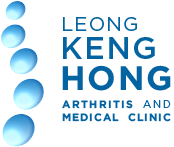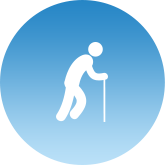What is Rheumatoid Arthritis
An autoimmune disorder is a condition whereby the body’s immune system is unable to distinguish between healthy cells and harmful ones such as bacteria and viruses. This confusion results in the immune system releasing autoantibodies, which mistakenly attack healthy and functional cells and tissues.
Rheumatoid Arthritis (RA) is one such condition that specifically attacks the joints. It is characterized by chronic inflammation and loss of function in the joints. Unlike osteoarthritis that targets specific and localized joints, RA can attack joints in various parts of the body simultaneously. However, it most commonly occurs in the fingers and wrists. Left untreated, RA can also damage the organs and other tissues that surround the affected joints.
Studies show that women are more susceptible to RA than men. Though most common in the elderly, symptoms can start manifesting in those who are of middle age.







